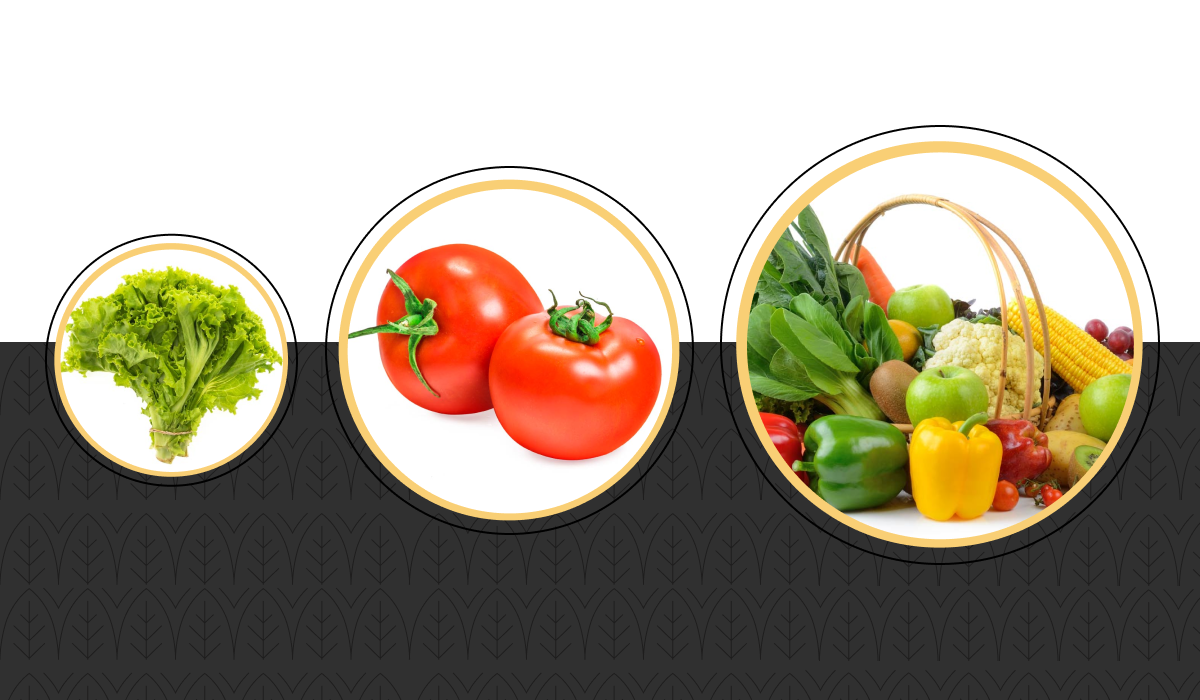
Food inevitably comes up in daily conversation and learning how to say the names of vegetables in Spanish can help you talk about local cuisine. Not only that, vegetables are a staple of all types of dishes and can lead to great ways to practice your Spanish vocabulary with friends or while abroad.
Keep reading to discover how to talk about common local veggies in Spanish and helpful words and phrases to kick-start conversations about food. After you’re done, check out our Spanish courses to help increase your fluency.

Rich culinary traditions fill Spanish-speaking cultures, from Spain to the Caribean to Central and South America. Learning recipes in Spanish will give you a hands-on connection to the cultures and help you practice the language. You’ll have an easier time communicating by learning vocabulary relating to preparing vegetables in Spanish, like chopping, cooking, and seasoning. Use these common vocabulary words when preparing recipes:

When the topic of vegetables comes up, you can prepare in advance by learning certain verbs, words, and phrases commonly used in conversations or recipes. It can also help to become familiar with traditional recipes made with vegetables in the Spanish-speaking world, to help order in a restaurant, or to connect with your friends.
When talking about food like vegetables or fruits in Spanish, keep these sentences in mind.
Speak to a native online Spanish tutor and ask.